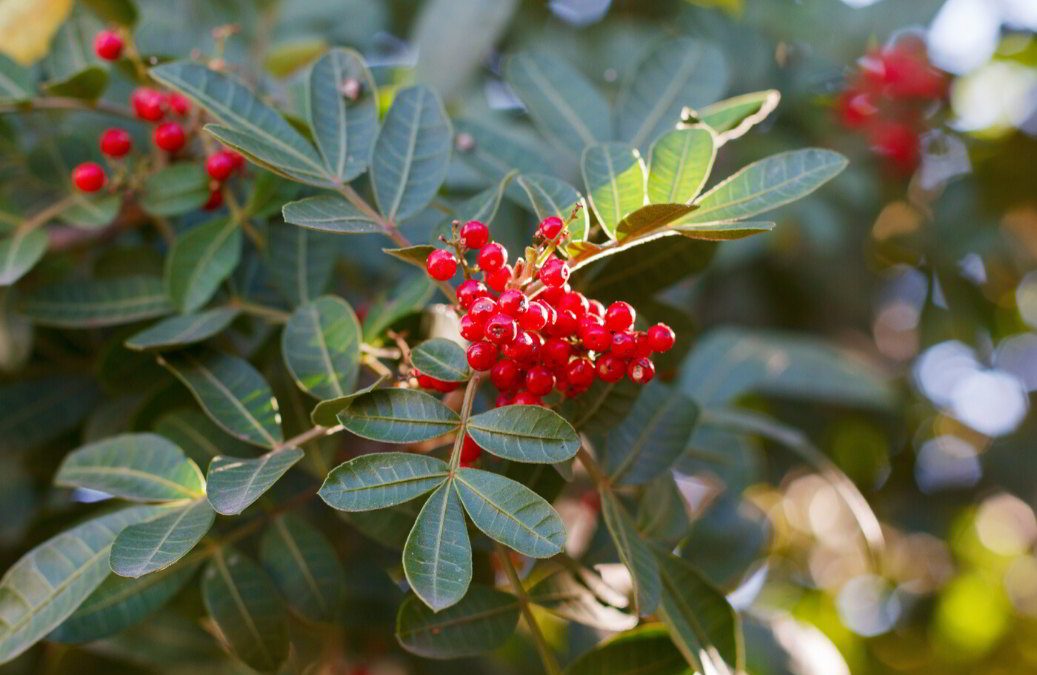All weeds aren’t as innocuous as those bindii you’ve got in the backyard. Some invasive weed species pose a serious threat to our natural environment and primary production industries, and as a result, our government and local councils spend millions of dollars each year combatting them. They can significantly impact forest and farm productivity, degrade land, displace native tree species and cause damage to waterways, coastal areas and agricultural land.
So, what can you do as a home gardener to help? Here we take a look at what a weed is, tips for what you can do to help fight invasive weeds in your own backyard and how you can identify a weed species.
What is a weed?
Also known as invasive plants, a weed is any plant that requires intervention to lessen its impact on the economy, environment, human health and amenity.
Typically producing a large number of seeds which aids their spread, weeds are generally adept at reproducing and surviving in disturbed environments and are most likely to dominate in these conditions. They can, in fact, be native or exotic species, and are able to thrive in ecosystems where previously did not exist.
Many species introduced to Australia over the last 200 years are categorised as weeds, and they’re able to colonise and persist in all types of environments, from towns and cities to waterways, alpine areas and deserts.
Some weed species are more destructive than others and need to be managed accordingly. Weeds are a major challenge here in Australia, and as such, consume a vast amount of resources and money. Unfortunately, plants are currently spreading at a faster rate than they can be controlled.
How you can help prevent the spread of weeds
Australian gardens contain thousands of plant species with weed potential, and some of the worst weeds now found in bushland areas have escaped from backyards.
Fortunately, there are a number of ways you can do your bit to help prevent the spread of weeds in our environment.
Check your garden for weed species
Ideally, you want your garden to be free of weeds. You may be surprised at the number of common plant species you might think are perfectly harmless that are actually considered to be weeds.
Check you don’t have plants on your local weed list that may be a problem specific to your area. Your city council website is a great place to start.
Brisbane City Council has a fantastic weed identification tool to help you figure out if you have a weed species lurking in your midst: https://weeds.brisbane.qld.gov.au/
If you’re unsure, a qualified Arborist will be able to identify weed species on your property and give advice on whether they may pose a serious threat.
Choose your plants carefully
When selecting plants for your garden, it’s critical that you choose plants from the outset that aren’t likely to become weeds. Check your local weed list before buying plants and get some expert advice from an Arborist or your local nursery. Where possible, choose indigenous plants that exist naturally in your area.
Be careful when buying plants from markets, online or from school fetes. It’s important to be able to identify the species so you can be sure you’re not planting a weed that might be potentially destructive.
Remove weeds and maintain your garden
Depending on the plant and the level of threat it poses, you may need to have it removed and destroyed. Again, the type of plant or tree will determine whether you can do this yourself or if you need a professional to do it for you. A qualified Arborist will be able to help.
It’s important to note that different types of weeds will require different methods of removal to be successfully destroyed, due to differences in the way they grow and propagate.
Once weeds have been removed, regularly monitor your garden to make sure they don’t re-establish themselves. Weeds can be extremely persistent, so don’t assume they’ve been taken care of.
Using mulch on soil surfaces in your garden will reduce the likelihood of weeds re-establishing themselves, so use liberally.
Use soil that is weed-free and be careful using any weeds in your mulch as the seeds can survive the mulching process.
Don’t let fertilisers and water run from your garden into any bushland or farm areas.
If you have any bodies of water on your property, be sure to remove waterweeds as birds can transport weeds into local waterways.
Responsible waste disposal
- Never dump your green waste in bushland or over your fences as weeds can escape and start growing. Dispose of waste in council green waste collection bins or tips.
- Make sure your compost is covered so that seeds can’t be picked up and distributed by animals or wind.
- When transporting green waste in a trailer, make sure it’s well covered so that plant material can’t escape.
- Carefully dispose of any weeds that are already seeding and remove seed heads from plants before they get the chance to mature and disperse.
For more information about invasive weeds in your garden, visit –https://environment.gov.au/biodiversity/invasive/weeds/help/gardeners.html

